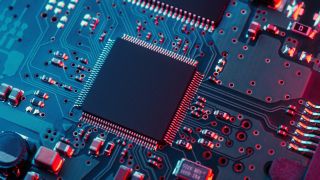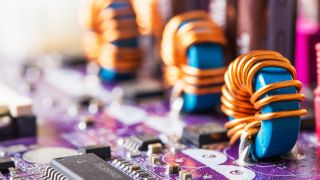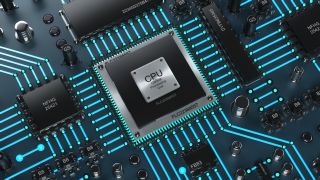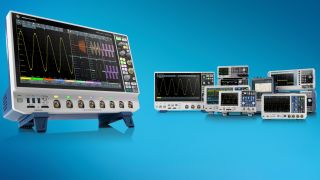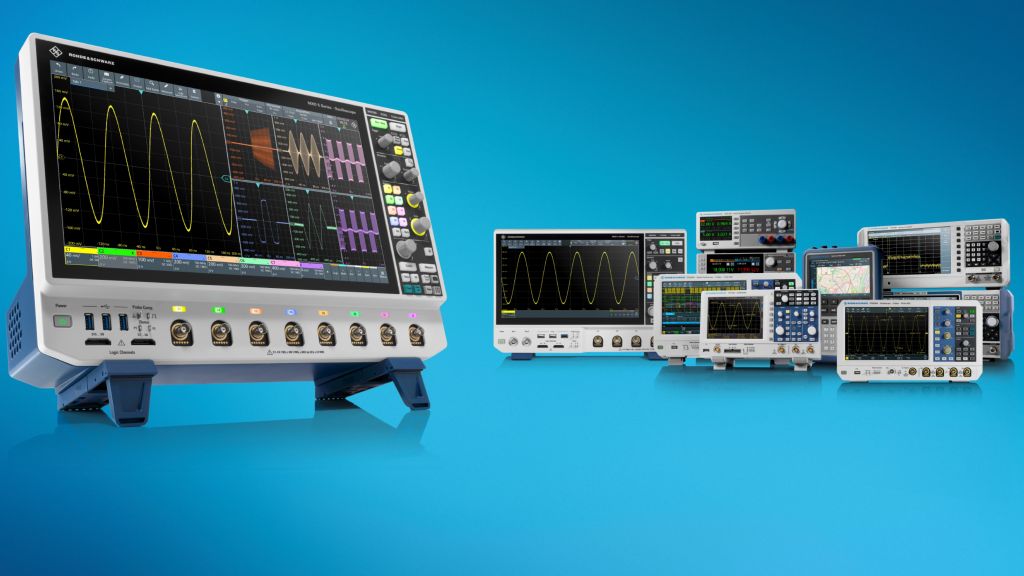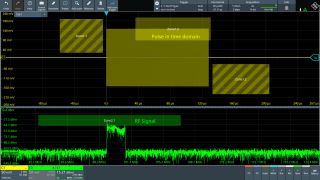Electronics design and component testing
Solutions for design verification tests and manufacturing
Electronics testing is the cornerstone of product development, providing invaluable insights into functionality, durability and compliance with regulatory standards.
At Rohde & Schwarz, we understand the critical role that testing plays in the lifecycle of electronic products. Our comprehensive test solutions encompass a wide range of methodologies and techniques to address the diverse needs and challenges of modern electronics.
From the initial design phase all the way to production, our test solutions are designed to optimize performance, mitigate risks and accelerate timetomarket. Whether you’re developing semiconductors, consumer electronics, industrial automation systems, computers, medical devices or any other electronic product, our expertise and cuttingedge equipment are here to support your success.
Our portfolio covers solutions for:
- Digital design
- Power electronics
- High-speed digital interfaces
- EMC testing
- RF and microwave component testing
- Medical device testing
Customized electronics testing solutions
Every project is unique, and we understand that a one-size-fits-all approach may not suffice. That’s why we offer customized testing solutions tailored to your specific requirements and objectives. Whether you need specialized testing protocols, custom test fixtures or unique testing environments, our expert team is here to collaborate with you every step of the way.
Contact us today to learn about our comprehensive test solutions, and discover how we can help bring your electronic innovations to life.





